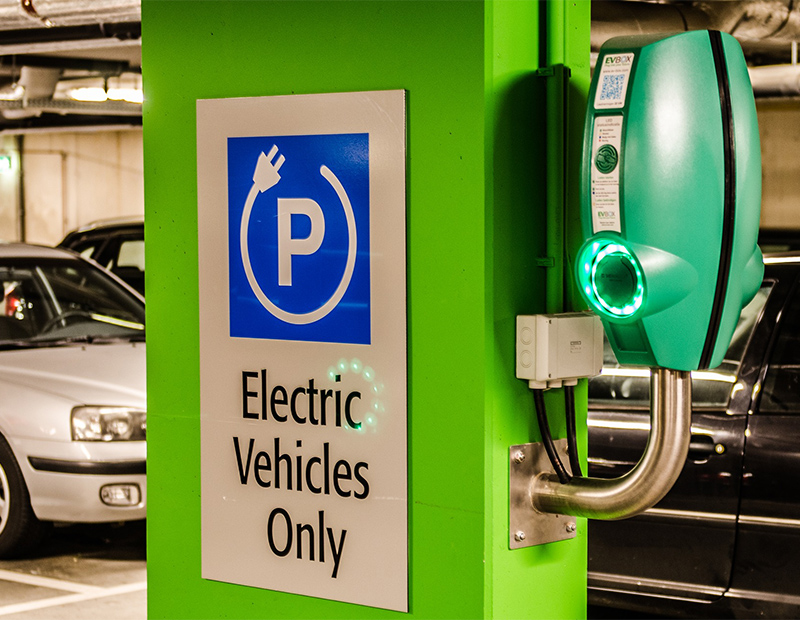SCE Plans $760M Expansion for EV Infrastructure
The success of the Charge Ready pilot determined SCE to support the installation of 48,000 more charging ports. The proposed program would continue over four years.
By Anca Gagiuc
 More than two years ago, Southern California Edison launched Charge Ready, a pilot program meant to increase the charging availability for electric vehicles. Since then, 1,000 electric vehicle charging stations have been installed, but demand has been high, with an expected 1,250 charging stations at more than 60 different locations at the pilot’s conclusion this year.
More than two years ago, Southern California Edison launched Charge Ready, a pilot program meant to increase the charging availability for electric vehicles. Since then, 1,000 electric vehicle charging stations have been installed, but demand has been high, with an expected 1,250 charging stations at more than 60 different locations at the pilot’s conclusion this year.
As consequence, SCE filed a plan with the California Public Utilities Commission to expand the program to support the installation of 48,000 more charging ports. The updated version of Charge Ready is estimated to cost about $760 million and would continue over four years. SCE would be responsible with the installation and maintenance of the EV charging infrastructure and said it would provide rebates to reduce charging stations costs, while participants typically own, operate and maintain qualified charging stations.
“By allowing hundreds of our employees the opportunity to conveniently plug-in daily at work, our headquarters has become the blueprint for zero-emissions corporate commuting throughout the nation,” said Mike O’Brien, vice president of planning for Hyundai Motor America in Fountain Valley, where 74 Charge Ready chargers were installed, in a prepared statement.
Taking charge
Most of the charging stations added during the program’s pilot phase have been installed in workplaces, schools and universities, hospitals, destination centers and fleet yards. As phase two rolls out, SEC intends to make more concerted efforts to increase the chargers available in multifamily communities too. In addition, SEC plans to install at least 30 percent of charging station in communities that are hit harder by pollution and economic hardship. More than half of all charging stations added during the pilot phase were in such communities.
“Achieving California’s ambitious goals for reducing air pollution and harmful greenhouse gas emissions will require seven million electric cars on California highways by 2030,” added Caroline Choi, SCE senior vice president for regulatory affairs. “Taking Charge Ready to the next level will allow SCE to develop charging infrastructure needed to support a big portion of those cars.”







You must be logged in to post a comment.